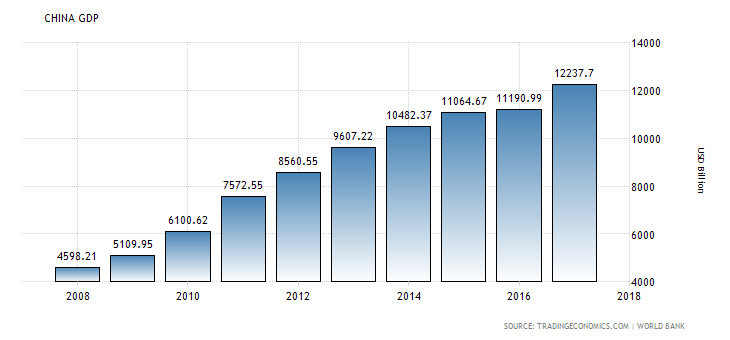Fixed Income - April 2018
- Soham Mukherjee
- May 6, 2018
- 3 min read

The Big picture
1) Treasuries Slide
Yields on the 10-year US treasury, the standard value for the risk-free rate, broke through the three percent mark in late April for the first time in 4 years causing float prices to fall. Yields rose across the curve except for the 1 Month notes which fell 2 basis points from 1.7% to 1.68%
Much of this was driven by the Fed’s diminished concern on the lack of inflation stated in the beginning of the month from March’s meeting. For the past several months inflation has remained stagnant despite a thriving economy which has puzzled many.
Some attribute this lack of price inflation to stronger price discovery created by ecommerce. As this has broken recently and inflation has edged back up to 2% the possibility of rate rises in the future have increased. This rise was probably unhindered, if not exacerbated, by the continuing decrease in unemployment which is now at an 18-year low.

2) Interest rates stay put...for now
On May 2, the Federal Open Market Committee held its third of eight meetings for the year 2018. This marked the second gathering with newly nominated Jerome Powell leading the charge as chairman. The Committee ruled in favor of maintaining the current federal funds rate range at 1.5-1.75% but noted strong signs of rising inflation, including the personal consumption expenditure price index indicating levels of 2%, right where the Fed wants inflation in the long-term.
It remains relatively clear that despite this hold, more rate hikes are to come as tax reform coupled with low levels of unemployment will continue accelerating economic growth within.






Comments